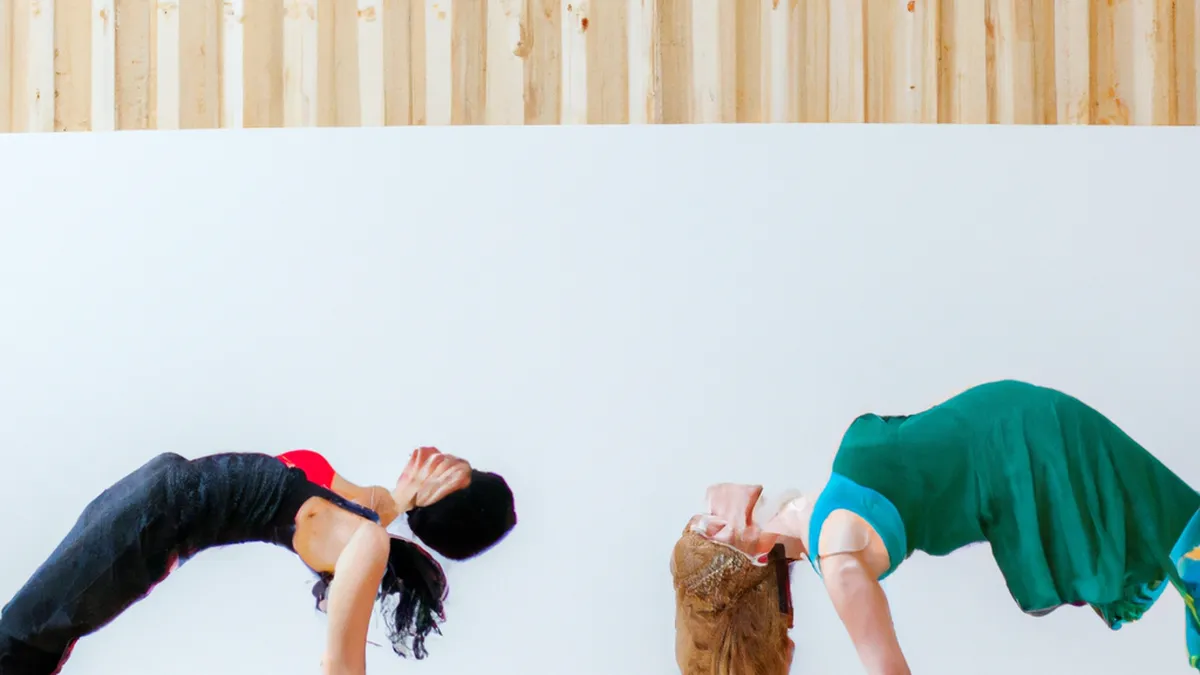Strengthen Your Diaphragm for Optimal Breathing
Conditioning the Diaphragm for Better AirflowBreathing fuels our body and mind. Many people fail to use their diaphragm effectively. Conditioning this muscle improves airflow and enhances well-being. This post explores how to strengthen your diaphragm, its benefits, and tips for implementation.
As an Amazon Associate I earn from qualifying purchases.
Gear tip: consider yoga mat, meditation cushion, and yoga blocks to support this topic.
Understanding the Diaphragm
The diaphragm sits beneath your lungs and plays a crucial role in respiration. When you inhale, the diaphragm contracts, allowing lung expansion. When you exhale, it relaxes, pushing air out. Proper diaphragm function ensures efficient airflow and oxygen delivery.Many people rely on shallow chest breathing. This reliance can reduce lung capacity, increase stress, and lead to anxiety. Shallow breathing causes insufficient oxygen intake and contributes to fatigue and cognitive decline. Conditioning your diaphragm promotes deeper breathing, combating these negative effects.
Tips for Conditioning Your Diaphragm
1. Practice Diaphragmatic Breathing
Find a comfortable position. Lie on your back or sit upright in a chair. Place one hand on your chest and another on your abdomen. As you breathe in, focus on expanding your abdomen, not your chest. Ensure the hand on your abdomen rises while the other remains still. Take a slow, deep inhale through your nose. Exhale gently through your mouth, allowing your abdomen to fall.Repeat this exercise for five to ten minutes daily. Initially, you may find it challenging to engage your diaphragm. With consistent practice, you will improve your breathing control. This technique engages the diaphragm effectively, allowing for deeper lung expansion and oxygen intake.
2. Incorporate Breathing Exercises
Incorporate specific breathing exercises to enhance diaphragm strength. Try these:- **Box breathing:** Inhale for four counts, hold for four counts, exhale for four counts, and hold again for four counts. This technique engages the diaphragm and calms the mind, reducing stress.- **Pursed-lip breathing:** Inhale deeply through your nose for two counts. Exhale slowly through pursed lips for four counts. This technique maintains open airways and promotes controlled exhalations.- **Singing and humming:** Singing or humming encourages diaphragm use. These activities require controlled breathing, strengthening the muscle and improving lung capacity.Practice these exercises daily. Consistency ensures you reap the benefits.
Conclusion
Strengthening your diaphragm promotes better airflow and overall health. Implement these techniques for improved breathing and well-being.
Below are related products based on this post:
FAQ
What is the role of the diaphragm in breathing?
The diaphragm is a crucial muscle located beneath the lungs that facilitates respiration. When inhaling, the diaphragm contracts to allow the lungs to expand, and during exhalation, it relaxes to push air out, ensuring efficient airflow and oxygen delivery.
How can I practice diaphragmatic breathing?
To practice diaphragmatic breathing, find a comfortable position and place one hand on your chest and the other on your abdomen. Focus on expanding your abdomen while inhaling deeply through your nose and exhaling gently through your mouth, ensuring that the hand on your abdomen rises while the other remains still.
What are some effective breathing exercises for diaphragm conditioning?
Effective breathing exercises include box breathing, pursed-lip breathing, and singing or humming. These techniques engage the diaphragm, promote controlled breathing, and help strengthen the muscle, leading to improved lung capacity and reduced stress.















Post Comment